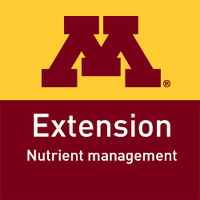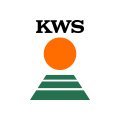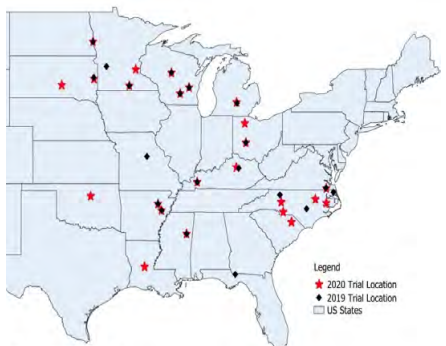
UMN Nutrient Management
@umnnutrientmgmt
University of Minnesota Extension research and recommendations on fertilizer, manure, soil health, water quality & more. Contact us: [email protected]
ID: 857222724367921152
http://z.umn.edu/NutrientManagement 26-04-2017 13:19:58
3,3K Tweet
2,2K Followers
1,1K Following


NEW BLOG POST: z.umn.edu/ai1g What’s the right PSNT number? New research refines the critical threshold for corn nitrogen decisions in Minnesota U of MN Extension Soil, Water, & Climate #MNag



Congratulations to Extension soil health specialist Anna Cates (MNSoilHealth) for receiving the Distinguished Extension/Outreach Award from CFANS! U of MN Extension Soil, Water, & Climate Water Resources Center (WRC) CFANS #MNag #SoilHealth



Extension educator Brad Carlson talks to farmers about two drivers in the nitrogen cycle: temperature and precipitation. Soil, Water, & Climate U of MN Extension #MNag visit: z.umn.edu/nitrogen-nugge…

NEW BLOG POST: z.umn.edu/aiob Hybrid winter rye nitrogen management: 5 key takeaways for Minnesota growers U of MN Extension Soil, Water, & Climate #MNag




NEW PODCAST EPISODE: z.umn.edu/aisc Manure sampling and testing: Variability, guidelines & safety for your operation U of MN Extension Soil, Water, & Climate Melissa Wilson #MNag




Both nitrogen & sulfur can interact with cover crops like cereal rye. Jeff Vetsch, U of M researcher, talks about what farmers should keep in mind when planting corn or soybean. Soil, Water, & Climate U of MN Extension #MNag

NEW PODCAST EPISODE: z.umn.edu/aj2t Sulfur management: In-season, source, carryover, soybean & more U of MN Extension Soil, Water, & Climate #MNag



Educator Brad Carlson talks about where weather and climate averages come from, and what farmers should keep in mind when managing their N. U of MN Extension Soil, Water, & Climate #MNag

Register for the Irrigation & Nutrient Management Field Day, July 10 in Becker: blog-crop-news.extension.umn.edu/2025/06/regist… This free field day features UMN and NDSU research on a variety of topics related to irrigated corn and potato management, and includes a complimentary dinner. U of MN Extension #MNag


High-clay soil types can have differing K needs compared with other regions throughout Minnesota. Extension specialist Dan Kaiser recommends K build-point values in the 180-200 ppm range for high-clay soils. U of MN Extension Soil, Water, & Climate #MNag

Field Notes webinar talks cover crops and nutrient interactions: blog-crop-news.extension.umn.edu/2025/06/field-… How much nitrogen can a one-foot-tall rye cover crop sequester? Research in SW MN has found 20-60 pounds of N per acre in aboveground biomass. U of MN Extension #MNag #CoverCrops #SoilHealth


Extension educator Brad Carlson talks to the Star Tribune about what grows in Minnesota and why: startribune.com/what-growing-m… Brad Carlson U of MN Extension #MNag




